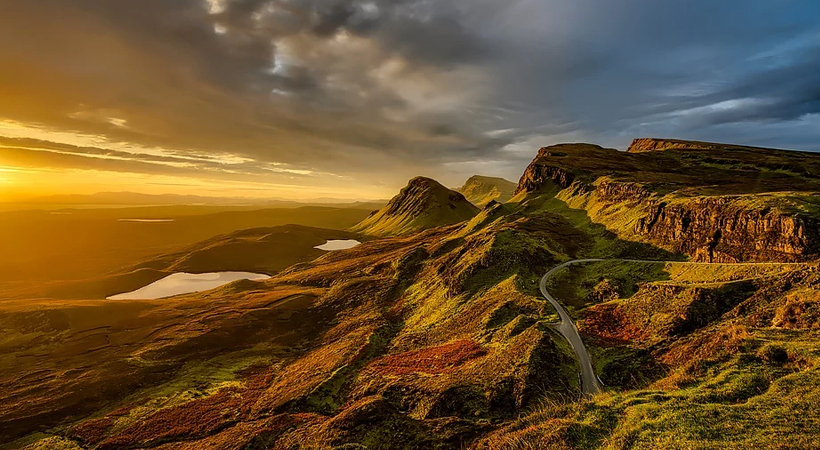Scottish Highlands worried about influx of tourists from July 15

Scotland’s Highlands has witnessed only 114 coronavirus deaths to date. But the possible influx of tourists when the travel sector reopens from July 15, has the residents worried, The Guardian says in a report.
Homemade “tourists go home” signs that appeared at the start of the lockdown to deter isolation tourists may have been removed, but Nicola Sturgeon, the first minister, this week acknowledged she could not rule out quarantining or screening travellers from England if infection rates rise south of the border.
While tourism bosses warn of threatened cancellations, The Guardian has spoken to residents, businesses and community leaders across the Highlands, whose anxiety and ambivalence is palpable.
Joyce Campbell, a hill farmer in Armadale, on the far north coast, has been busy clipping sheep in between the rainstorms this week, but summarises the local mood succinctly: “Safe to say that there’s a lot of mixed emotions on the lifting of lockdown in parts of the Highlands. Many businesses are heavily reliant on tourism income, but really aware of the increased risk that more visitors from outside the area bring to our communities,” he told The Guardian.
Reflecting on an already growing surge of visitors – including a camper van stationed in the car park of the local doctor’s surgery in the remote village of Ballachulish where he lives – Highland councillor Niall McLean is blunt: “This area got off lightly during lockdown, but that makes opening up even more worrying. It was the local communities that kept themselves safe and supported each other, and they don’t want to risk their health, and possibly lives, for economic gain.”
With many toilets, car parks and other facilities still closed, tourists will have to step up their efforts to travel respectfully and clear up their own mess, he says. “Local people just want to see visitors who are trying their best.”
For those living along the North Coast 500, which is celebrating its fifth anniversary this year, lockdown has provided time to reflect on the impact of the popular touring route, which has also become notorious for camper van jams and straining basic infrastructure.
While one of the main appeals of the route was to provide local jobs for young people, many of those working along it were from other, poorer parts of Europe and were sent home by employers at the start of lockdown, to the disappointment of residents who hoped they would work for a season and then stay.
An influx of potentially infectious tourists is of significant concern for local medics too. Iain Kennedy, a Highland GP, says practitioners are particularly worried about the situation where a visitor develops symptoms.
“Visitors will be very visible to communities, and it’s important that they are aware of that and scrupulous in the way they behave,” Kennedy added. “People in the Highlands are very concerned by what they have seen in Bournemouth and elsewhere, with people behaving as if the virus has gone.”
Frazer Coupland, head of Lochaber Chamber of Commerce, has spent the past few days ringing his 220 members based across Fort William, Glencoe and Loch Ness, and is struck by how many of them – while desperate to restart for the obvious economic imperatives – are choosing to wait until August so they can observe the initial impact of opening up on the area.
He also suggests that a hefty rise in bookings for outdoor activities providers may indicate a more responsible approach from visitors. “More people are booking organised trips, walking or kayaking, because at this time they don’t want to be that person who calls out mountain rescue.”



